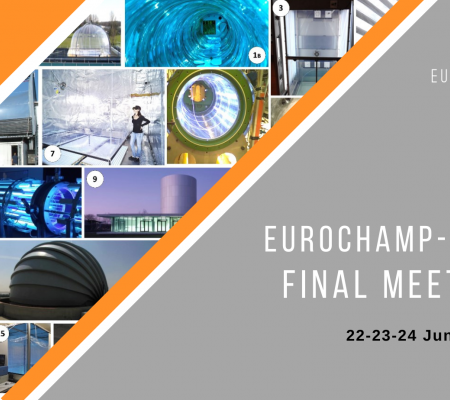The updated list of all chambers' auxiliary mechanisms can be downloaded here
Click here to discover how you can access the simulation chambers
| Name | Partner | Photo | Description |
| CESAM | CNRS | 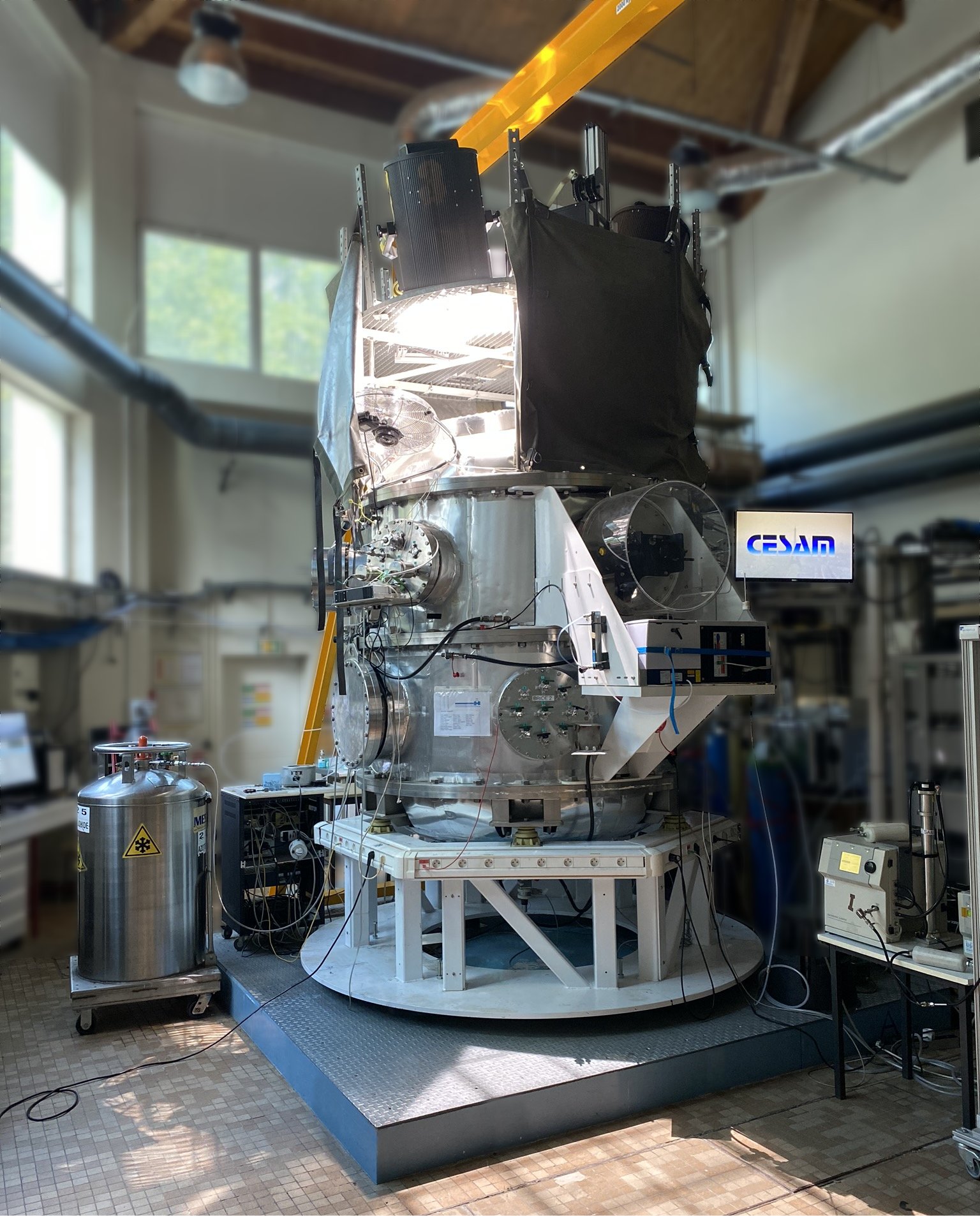 |
The CESAM chamber has been designed to perform realistic conditions experiments involving several phases like organic particles, water droplets, mineral dust, soot, salt and gas phase.It is an atmospheric simulation chamber dedicated to the study of multiphase atmospheric processes such as the formation of secondary aerosol or gaseous compounds in cloud-phase reactivity. |
| - Chamber open to TNA | |||
| HELIOS | CNRS | 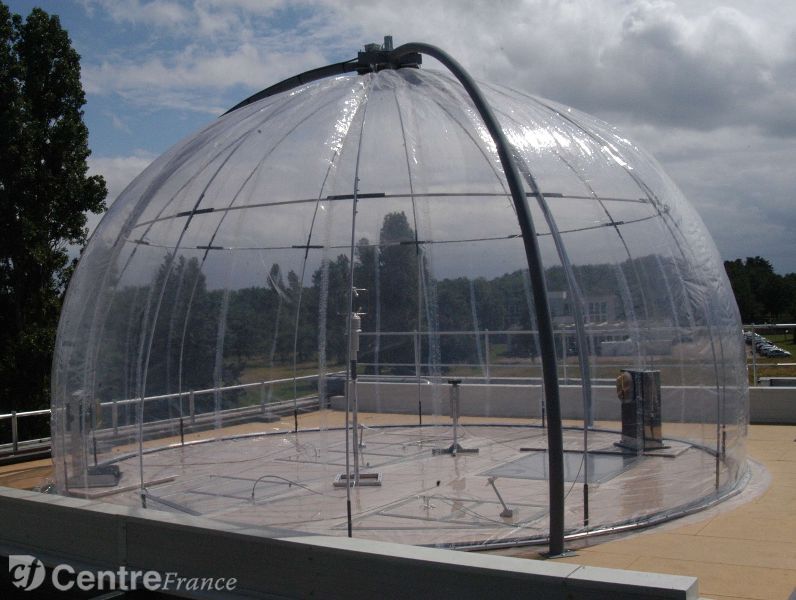 |
HELIOS is a large hemispherical outdoor simulation chamber (volume of 90 m3) positioned on the top of ICARE-CNRS building in Orléans.HELIOS is dedicated mainly to the investigation of the gas phase processes and radical chemistry under different conditions (sunlight, artificial light and dark). It is equipped with a large set of instrumentation: in-situ FTIR (up to 500 m path length), PTR-ToF-MS (Ionicon 8000), Aerodyne ToF-CIMS, ATD-GC-MS, UHPLC, IC, SMPS, Lopap, HCHO (Aerolaser), Spectroradiometer, Monitors (O3 and NOx), …. Other instruments for radicals measurements are under development (FAGE for HOx and CRDS for NO3). |
| - Chamber open to TNA | |||
| ISAC | CNRS | 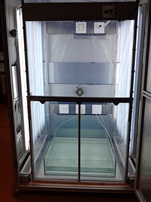 |
ISAC is a medium sized indoor simulation chamber which has been developed specifically to investigate interfaces processes such as air-water-air, air-sol interfaces. It is made of a 2m3Teflon envelop embedded in a structure containing the irradiation system UV and visible light sources. On the floor of the chamber sits a tank which can be filled with any liquid/material/chemicals. The liquid filling and emptying can be done without opening the chamber. The cuboid shape of the chamber allows people to enter by a door to manually scrub the walls and the tank allowing to minimize the memory effects of the chamber. |
| - Chamber open to TNA | |||
| QUAREC | BUW | 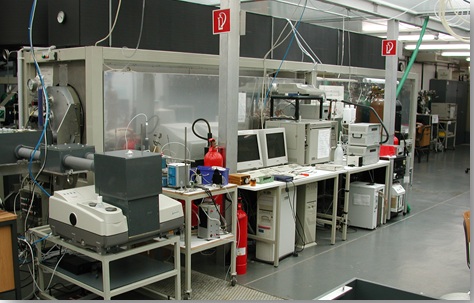 |
The QUAREC reactor consists of two quartz cylinders with an inner diameter of 0.47 m and a total joined length of 6.2 m.The chamber is closed at both ends by aluminium flanges which contain numerous inlet and outlet ports. The reactor can be evacuated to 10-3mbar by a turbo molecular pump system.
The photolysis system consists of 32 superactinic lamps (Philips TL05 40W,l= 300-480 nm withlmax= 360 nm) and 32 low pressure mercury lamps (Philips TUV,l= 254 nm). The lamps are wired in parallel thus allowing a large variation in the photolysis frequencies/radical levels within the chamber. |
| - Chamber open to TNA | |||
| AIDA | KIT | 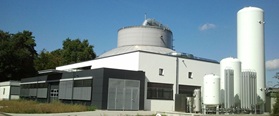 |
The AIDA facility comprises the large 84.5 m3 volume aluminium aerosol and cloud simulation chamber AIDA connected to a 3.7m3 volume stainless steel aerosol preparation and characterisation chamber. AIDA allows aerosol and cloud experiments within a wide range of temperature (+50°C to -90°C), pressure (1 to 1000 hPa), relative humidity (0% to 100%), and on time scales of minutes to several days. During cloud simulation experiments, transient water and ice supersaturations are achieved for time periods from minutes up to about 1 hour with peak relative humidity values of more than 200%. The AIDA facility is equipped with an extensive suite of state of the art instruments, both commercial and custom built. Research areas supported at the ADIA facility include aerosol physics, aerosol chemistry, and aerosol-cloud interactions. |
| - Chamber open to TNA | |||
| SAPHIR | FZJ | 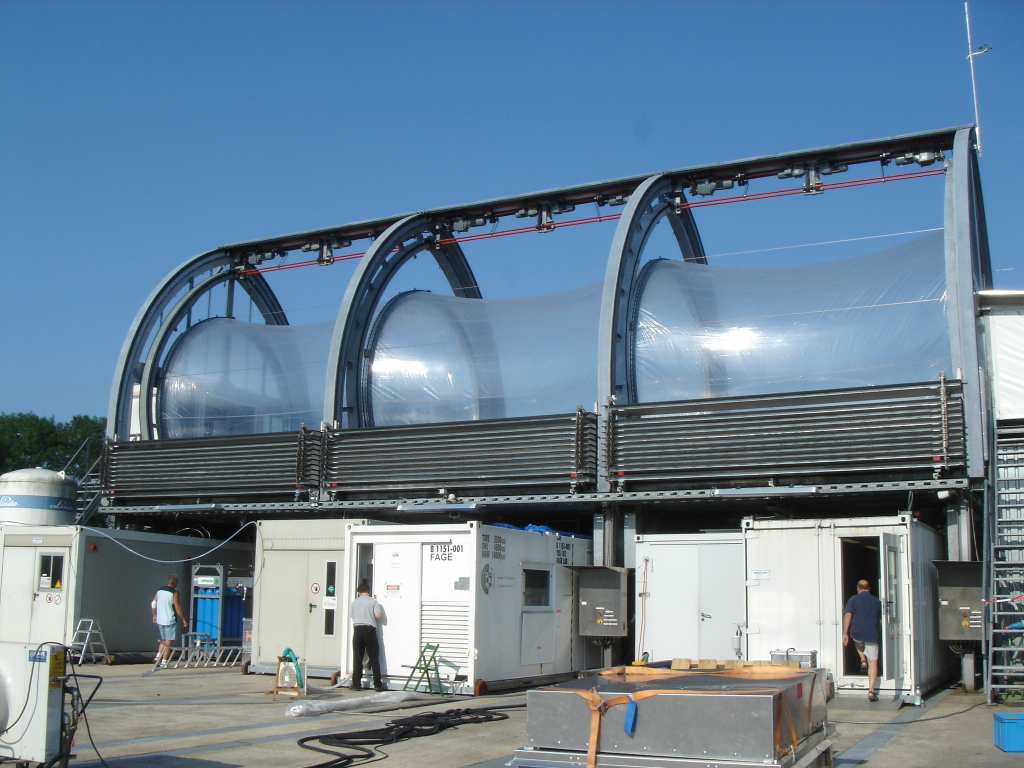 |
SAPHIR provides a platform for reproducible studies of the atmospheric degradation of biogenic and anthropogenic trace gases and the build-up of secondary particles and pollutants.The high purity of the air supply and the large volume to surface ratio allows running experiments at low, atmospheric concentrations of trace gases with only minor influences of chamber wall interactions, so that the transformation of trace gases and aerosol can be observed over a long period up to several days. The SAPHIR chamber is equipped with a comprehensive, unique set of sensitive instruments for radicals, traces gases, aerosols, and physical parameters. |
| - Chamber open to TNA | |||
| PACS-C3 | PSI | 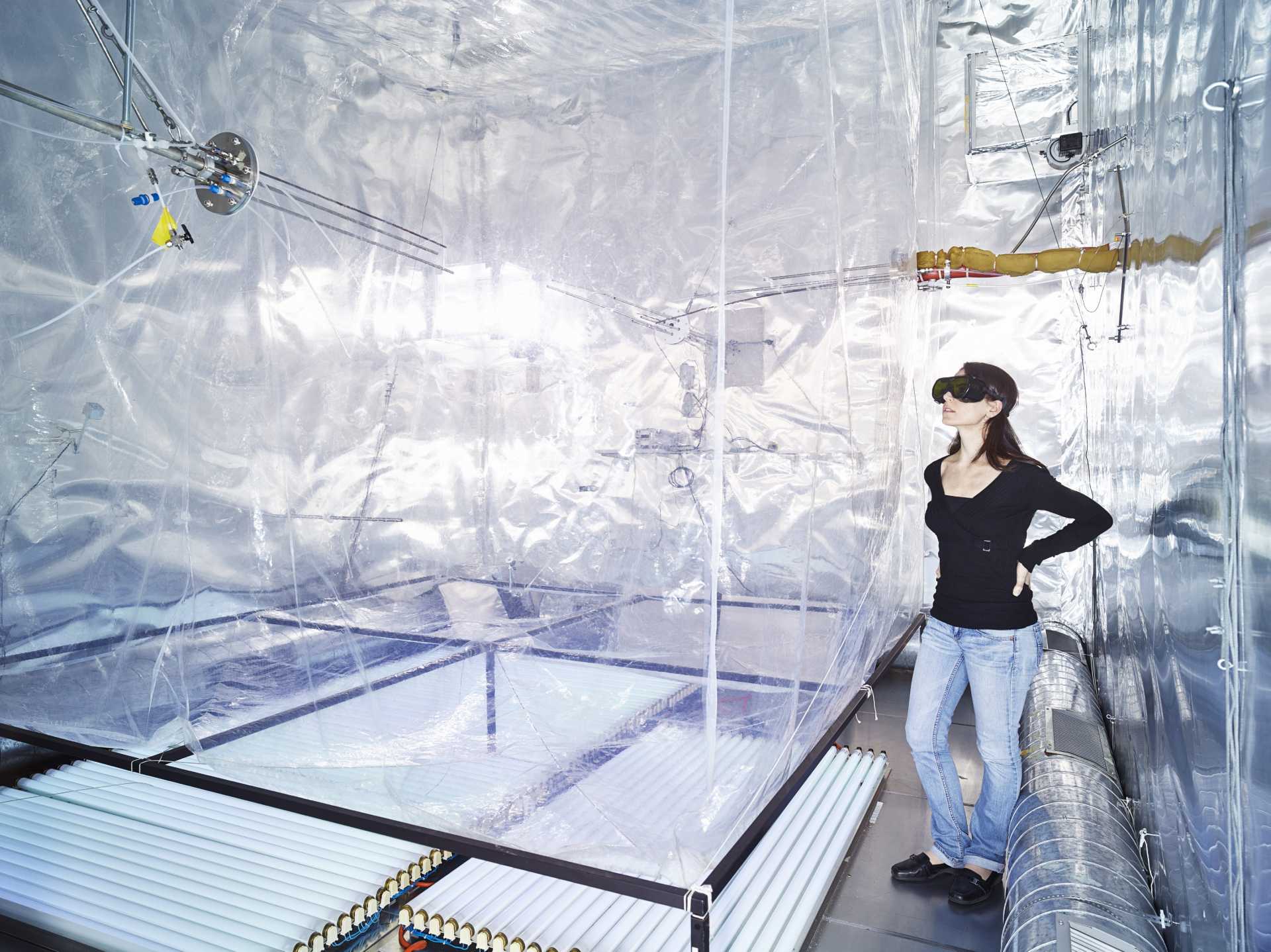 |
PACS-C3 consists of 3 different simulation chambers, a stationary 27 m3 chamber (air-conditioned at 15 to 30°C), a mobile 9 m3 chamber (without own air condition), and a stationary 9 m3 cool chamber (air-conditioned at 10 to 30°C).The stationary big chamber has the advantage of a air volume which is important when many instruments sample for long times, such as for intercomparison purposes. The mobile chamber can be brought to any emission source and is therefore especially suited to e.g. evaluate secondary organic aerosol (SOA) formation from test benches. The cool chamber is able to simulate SOA formation also at temperatures below 0°C, which is especially relevant for wood burning emissions, which typically occur at low temperatures. |
| - Chamber open to TNA | |||
| EUPHORE | CEAM | 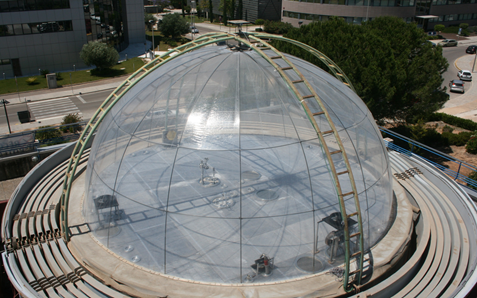 |
EUPHORE is one of the major international outdoor simulation chamber facilities and it is used to research atmospheric chemical processes. Its characteristics allow the simulation of these processes under near-real conditions thanks to its large size and to the use of natural light. The installation has two twin outdoor atmospheric simulation chambers. Each chamber consists of a half spherical transparent bag of fluorine-ethene-propene (FEP) with a volume of about 200 m3, making it one of the biggest outdoor simulation chambers in the world. EUPHORE chambers are equipped with a large number of analytical instruments for measuring physical parameters as well as a diverse range of biogenic and anthropogenic compounds and its intermediates and products in both the gas and the particle phases. |
| - Chamber open to TNA | |||
| LEAK-LACIS | TROPOS | 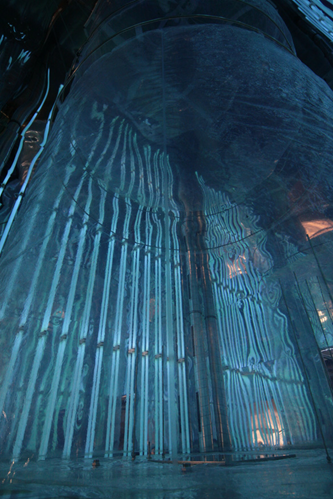 |
The simulation chamber LEAK has a cylindrical geometry and a volume of 19 m3. Main focus of the performed work is on SOA formation and particulate products. LEAK experiments are performed at humidities up to 80%, allowing the study of multiphase chemical processes with deliquescent particles. The Leipzig Biomass Burning Facility (LBBF) is part of LEAK. This facility allows studying not only the emissions from biomass burning but also the processing (aging) of the emitted smoke. The Leipzig Aerosol and Cloud Interaction Simulator (LACIS) is a world-widely unique infrastructure for investigating aerosol-cloud-interaction processes under well-defined fluid- and thermodynamic conditions. |
| - Chamber open to TNA | |||
| IASC | UCC | 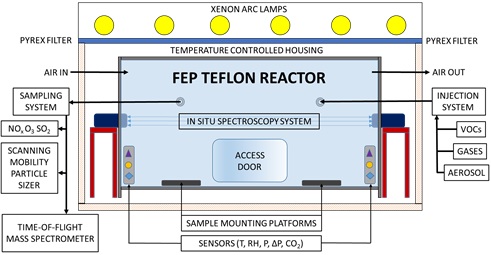 |
The Irish Atmospheric Simulation chamber (IASC) Facility is a large (27 m3) indoor reactor for studies of atmospheric processes. It is equipped with a full range of instrumentation, including a unique custom-built spectroscopy system for in situ measurements of gases, radicals and particles. Areas of scientific expertise include; VOC oxidation, SOA formation and characterisation, development of spectroscopic techniques, evaluation of new instruments, sensors and associated technologies. |
| - Chamber open to TNA | |||
| ILMARI | UEF | 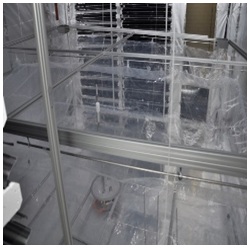 |
ILMARI facility is a unique and top class laboratory facility bringing together combustion emission studies, atmospheric aging processes and health related toxicological studies. The real life combustion appliances and also real plants are connected to atmospheric simulation chamber enabling the simulation of atmospheric particle formation and aging processes of the exhaust in realistic conditions. The highly controlled in-vitro studies using on-line cell exposure unit and subsequent toxicological analysis allows the investigation of activated cellular mechanisms related to adverse aerosol health effects. |
| - Chamber open to TNA | |||
| FORTH-ASC | FORTH | 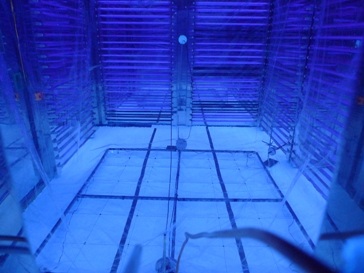 |
FORTH-SC is an indoor smog chamber. It is made of a10-15 m3 Teflon reactor in a 30 m3 temperature controlled UV-equipped room.Instrumentation includes: HR-AMS, PTR-MS, SMPS, Ultrafine-SMPS, APS, thermodenuder, SO2, NOx, CO, CO2, O3, NH3 monitors, MAAP, TEOM, nephelometer, Dry-Ambient Aerosol Size Spectrometer (DAASS).Its unique feature consists of its source characterization (wood burning, open burning, gasoline and diesel engines, scooters, food cooking, etc.) |
| - Chamber open to TNA | |||
| CERNESIM | UAIC | 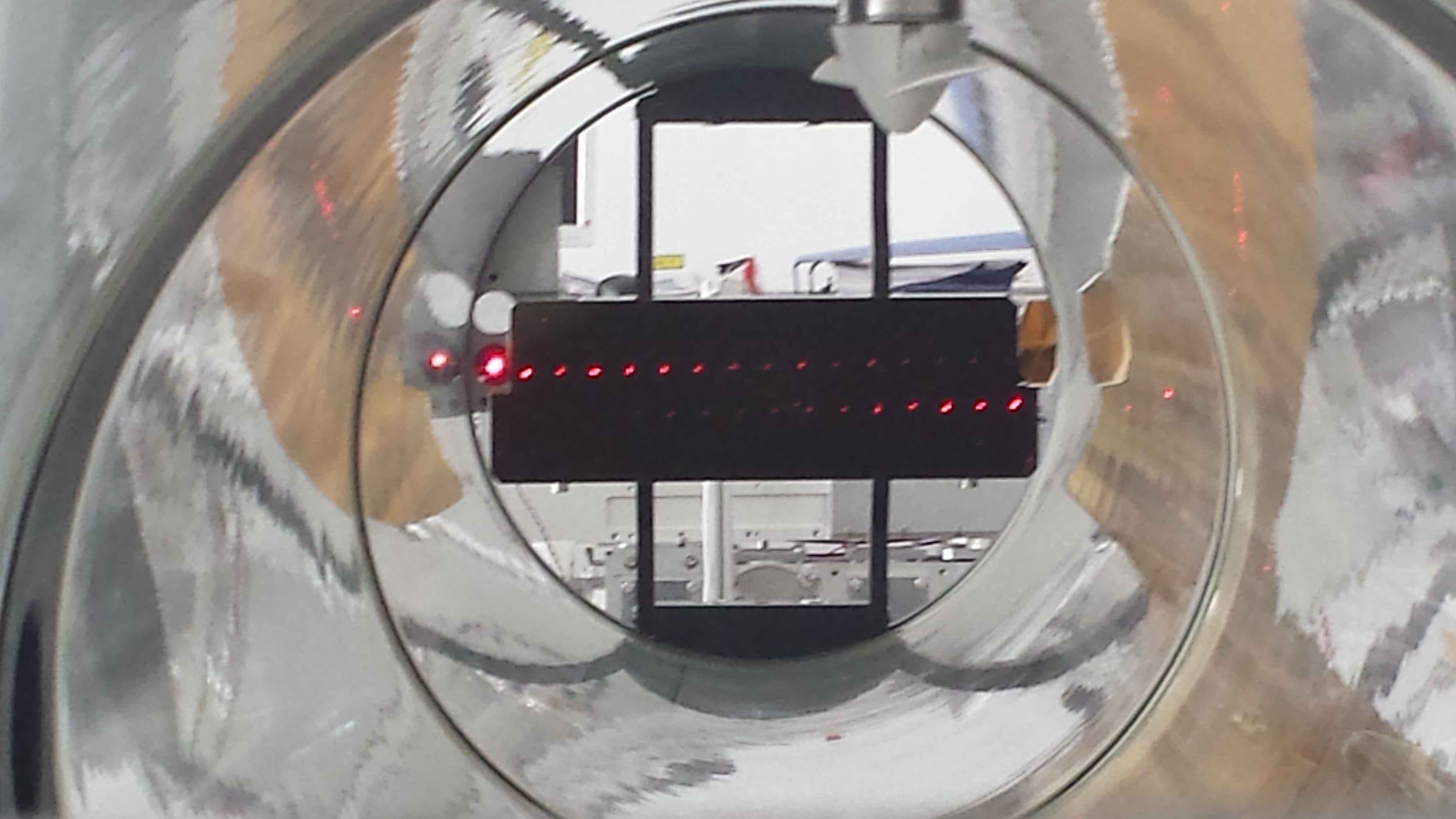 |
The environmental simulation chamber (ESC-Q-UAIC), from the “Alexandru Ioan Cuza” University of Iasi (UAIC), consists of three quartz tubes connected by flanges with a total length of 4.2 m, has an inner diameter of 0.48 m and a volume of about 780 L. Sampling lines are appropriately disposed for on-line/off-line measurements of various chemical parameters (gaseous or aerosol phase products). Both actinic and black-light lamps, evenly spaced around the reaction vessel, can be used to undertake photolysis processes under simulated solar light conditions. |
| - Chamber open to TNA | |||
| MAC-MICC | NCAS-JRU (UMAN) | 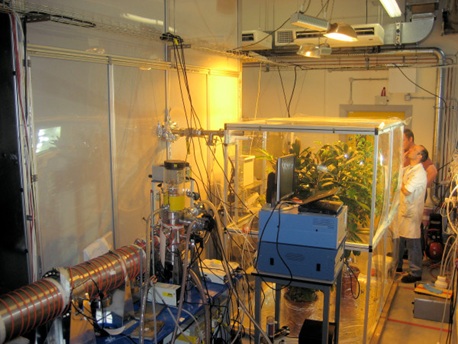 |
The infrastructure comprises a pair of coupled chambers within the Centre of Atmospheric Sciences (CAS), at the University of Manchester that may be accessed together or as separate installations.The Manchester aerosol chamber (MAC) has been designed to study atmospheric processes of multicomponent aerosols under controlled conditions.The Manchester Ice Cloud Chamber (MICC) is a fall-tube 10 m tall and 1 m in diameter, spanning 3 floors with a cold room on each, capable of reaching temperatures as low as -55°C. The chamber can also be pressure sealed and evacuated to as low as 50 mbar to simulate conditions found in the upper troposphere. Liquid water, mixed phase, or entirely glaciated clouds can be generated in the chamber, with cloud liquid water contents ranging from zero to the highest values found in nature. |
| - Chamber open to TNA | |||
| RvG-ASIC | NCAS-JRU (UEA) | 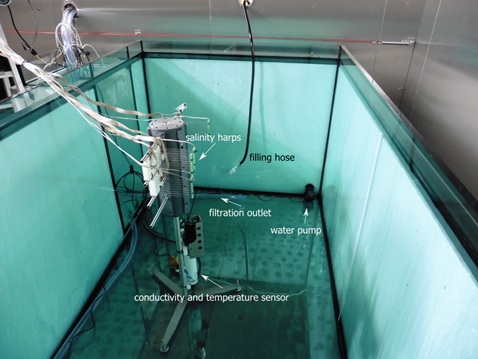 |
The RvG-ASIC facility at the University of East Anglia (UEA) comprises a coupled atmosphere–ocean–sea-ice–snow simulation chamber, which in this combination is unique in the world. RvG-ASIC was designed to investigate the role of first-year sea-ice on tropospheric chemistry, but can also be run in ocean-atmosphere mode (above –2 ºC), snow-atmosphere mode (no liquid water) or in dry mode for purely atmospheric investigations. It therefore provides a platform for a diverse range of multi-disciplinary experiments to study physical, chemical and biological between interactions between atmosphere, ocean, ice and snow. |
| - Chamber open to TNA | |||
| ChAMBRe | INFN | 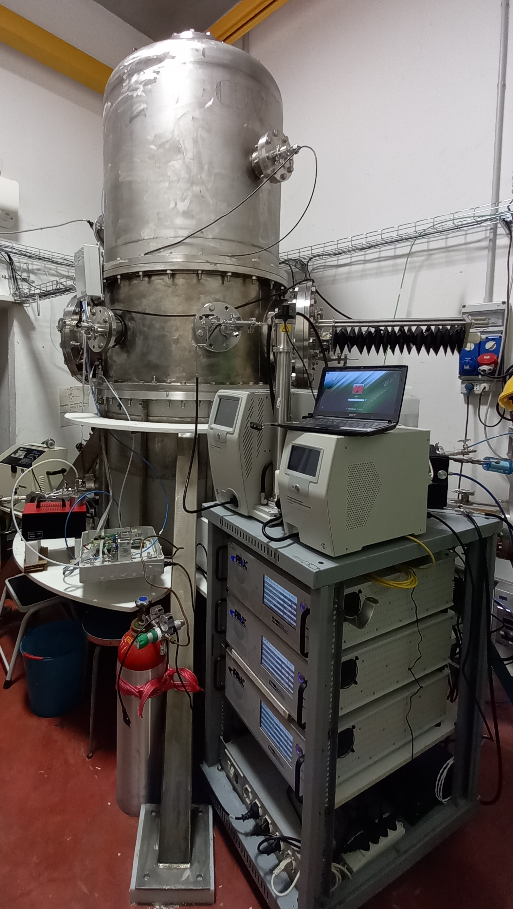 |
ChAMBRe (Chamber for aerosol modelling and Bio-aerosol Research) is a stainless steel atmospheric simulation chamber with a volume of about 2.2 m3. The facility is managed by INFN (Istituto Nazionale di Fisica Nucleare) and by the Physics Department of the University of Genoa. The chamber is equipped to perform experiments with aerosols, in particular with their biological component and their optical properties. Monitor of gaseous species are also available. Around the chamber, the laboratory hosts a wide spectrum of sampling, monitoring, analysis and modelling tools. |
| - Chamber open to TNA | |||
| HIRAC | NCAS-JRU Leeds | 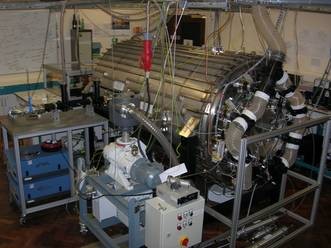 |
HIRAC is a stainless steel, 2 m3 cylindrical simulation chamber equipped with a variety of instrumentation to monitor both radicals and stable species. The focus of HIRAC is on gas phase chemistry. |
| - Chamber not open to TNA |


